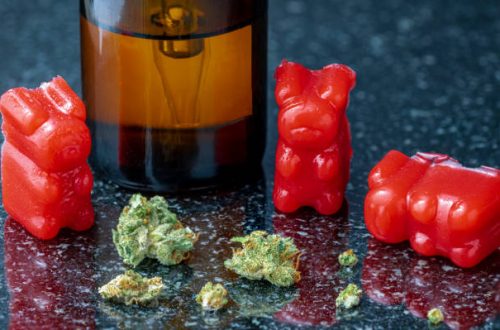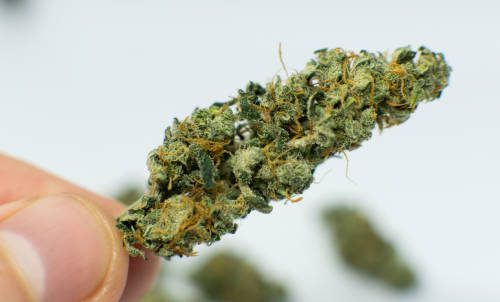Kratom, a tropical tree native to Southeast Asia, has been used for centuries by indigenous cultures for its medicinal and recreational properties. The plant’s leaves contain psychoactive compounds that produce stimulating effects when consumed in small doses and sedative effects in larger quantities. In recent years, kratom has gained popularity in the Western world as an alternative medicine and recreational substance.
The cultural roots of kratom can be traced back to traditional practices in countries like Thailand, Indonesia, Malaysia, and Papua New Guinea. In these regions, kratom leaves are traditionally chewed or brewed into a tea to alleviate pain, boost energy levels, and enhance mood. buy strogest kratom online has also been used in religious ceremonies and social gatherings as a symbol of hospitality and community bonding.
In Thailand, where kratom is known as “kakuam” or “ithang,” the plant has a long history of use among laborers and farmers who rely on its stimulating properties to increase productivity during long hours of work. However, due to concerns about addiction and abuse, the Thai government banned the cultivation and consumption of kratom in 1943. Despite this prohibition, kratom remains widely available on the black market in Thailand.
In Indonesia and Malaysia, where kratom is known as “daun puri” or “ketum,” the plant is commonly used as a natural remedy for various ailments such as diarrhea, coughs, and muscle pain. Kratom leaves are often chewed or smoked by villagers seeking relief from physical discomfort or emotional stress. In rural communities, kratom plays an important role in traditional healing practices passed down through generations.
In Papua New Guinea, where kratom is known as “pituri” or “sagewah,” the plant is revered for its spiritual significance among indigenous tribes who believe it connects them with ancestral spirits. Kratom leaves are ritually consumed during ceremonies honoring ancestors or seeking guidance from higher powers. The practice of using kratom as a sacrament reflects the deep-rooted cultural beliefs surrounding nature’s healing powers.
As globalization spreads across borders, modern adaptations of traditional kratom practices have emerged in urban centers around the world. In Western countries like the United States and Europe, kratom is increasingly marketed as a herbal supplement for managing chronic pain, anxiety disorders,and opioid withdrawal symptoms. Online vendors sell powdered forms ofkratom capsules,tinctures,and extracts to customers seeking alternative therapies outside mainstream medicine.
Despite its growing popularity,the legal status of kratom remains controversial in many countries due to differences in regulations and public perceptions.Some governments have classified kratomas adangerous drug with potential for and addiction while others recognize it as a natural remedy with therapeutic benefits.






